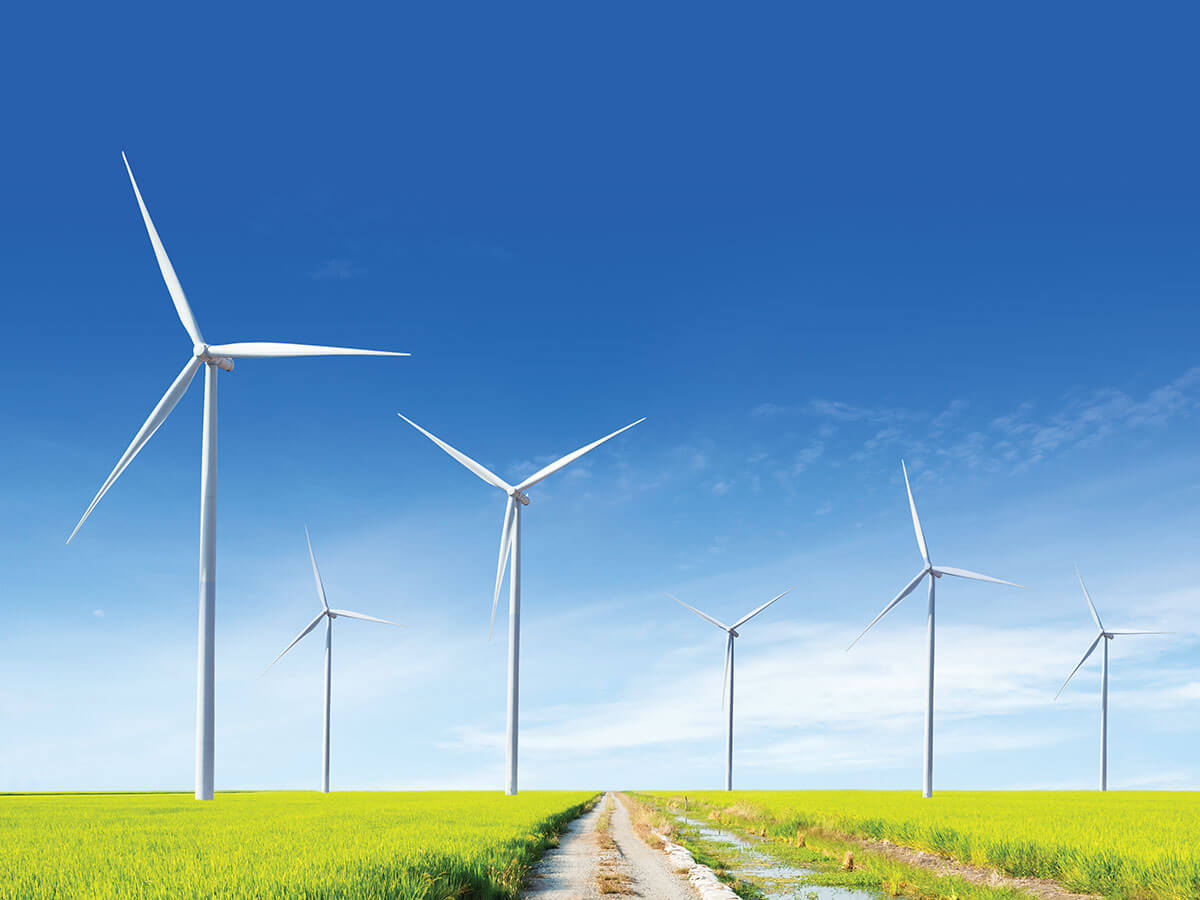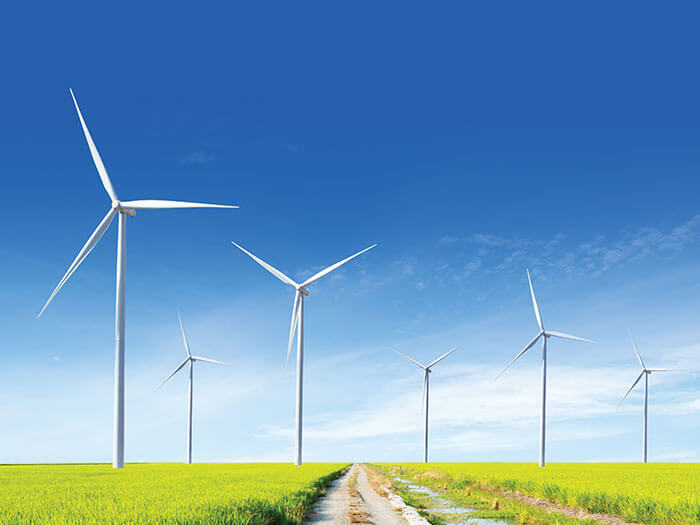
Why does Canada need a green economy?
 When it comes to the transition to a green economy, Canada has a clear responsibility for action. (iStock)
When it comes to the transition to a green economy, Canada has a clear responsibility for action. (iStock)
In 2020, Larry Fink, CEO of BlackRock Inc., the world’s largest asset manager with nearly US$9 trillion in assets under management, wrote in his annual letter to CEOs that his company would begin evaluating climate risk as part of BlackRock’s investment decisions. “Awareness is rapidly changing, and I believe we are on the edge of a fundamental reshaping of finance,” wrote Fink. “The evidence on climate risk is compelling investors to reassess core assumptions about modern finance.”
At the G7 finance ministers meeting in June 2021, officials agreed to move toward making it compulsory for companies to disclose their climate-related risks as part of safeguarding the financial system from climate shocks. More than a moral imperative, the need to address climate change has now become an economic one. After decades of scientists sounding the alarm on the need to act swiftly and boldly to avert a global climate crisis, the alignment of international financial institutions and capital markets to begin rethinking and reshaping our current economic system represents a significant step forward.
From exacerbating climate change to compounding social and racial inequalities, the status quo is failing us. What we need is an economy that is prosperous, socially inclusive and operates in a way that safeguards a healthy, thriving planet for generations to come. In other words: a green economy.
When it comes to the transition to a green economy, Canada has a clear responsibility for action. We are the 11th-highest emitter of greenhouse gas (GHG) emissions in the world and produce more emissions per person than any other G20 economy. Beyond doing our fair share, we risk getting left behind if we do not act decisively, as other countries look to take advantage of the estimated US$26-trillion opportunity that the shift to a green economy creates. From export opportunities that come from being leaders in clean technology development and manufacturing, to the millions of jobs that will be created domestically from meeting the need for green and ethical products and services, the green economy is ripe with economic potential.
It’s why leading countries have not only set targets to reach “net zero” by 2050, but have also committed billions of dollars in green recovery measures as part of post-COVID-19 economic stimulus packages.
Our closest and largest trading partner, the United States, has set a goal to cut emissions by 50 per cent by 2030 and achieve 100 per cent clean electricity by 2035. The Biden administration’s first budget, released in May 2021, included US$800 billion to accelerate the deployment of clean-energy technologies over the next 10 years.
Canada has also increased its climate ambition, setting a goal to reduce its GHG emissions by 40 to 45 per cent by 2030 and to hit net zero by 2050. The April 2021 federal budget included $17 billion in investments in climate action, and the climate plan released in December proposed legislating Canada’s net-zero targets.
Meanwhile, the cost of renewables is rapidly falling, and electric vehicle (EV) sales are poised for a meteoric rise.
Momentum is on our side, but our successful transition to a vibrant and inclusive net-zero future is by no means assured.
We have waited until the 11th hour to wake up to the climate emergency. As stated in the International Energy Agency’s report in May 2021, the pathway to net zero is still possible, but narrow. It went on to say that “achieving this cleaner, healthier future will rely on a singular, unwavering focus from all governments, working closely with businesses, investors and citizens.”
Countries will have to increase their climate commitments to deliver the transformational impact required, with annual clean energy investment worldwide needing to more than triple by 2030 to around US$4 trillion. Most of our required GHG emissions reductions by 2030 are possible through existing technologies, but they must be adopted rapidly. We need to stop new investments in oil, gas and coal supplies, and retire coal-fired plants in advanced economies by 2030.
So what does all of this mean for the average business in Canada? It means that the transition to a green economy is already in motion and every business will be shaped by these forces. Businesses that are not yet thinking about their environmental, social and governance (ESG) practices will become less resilient and competitive, and risk getting left behind. It also means that if we do not collectively cut carbon emissions in line with the pace science tells us is needed, we will fail to realize the benefits of the green economy.
We need every business to do its part in setting ambitious reduction targets, implementing plans and rethinking business models, like the hundreds of businesses in our network at Green Economy Canada are already doing across the country.
The imperative for a green economy has never been greater and the stakes are high. Now is the time for a full-court press to create a better business as usual. Let’s get to work.
KEEP IT SUSTAINABLE
Find great resources for CPAs navigating sustainability issues and how they relate to audit and assurance. Plus, read about why the chief sustainability officer is becoming more common.